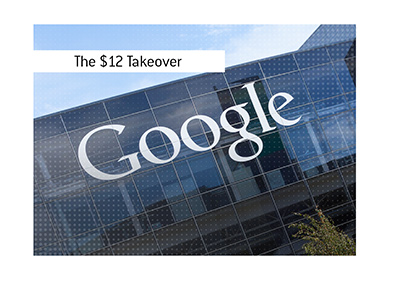Savings Down, Outstanding Credit Up
 Late last week, the BEA (Bureau of Economic Analysis) released their Q3/2011 advance estimate for annualized GDP growth.
Late last week, the BEA (Bureau of Economic Analysis) released their Q3/2011 advance estimate for annualized GDP growth. The BEA announced that real gross domestic product in the United States had increased at an annual rate of 2.5% in the third quarter. Not a spectacular number, but it was the largest single quarter of growth posted in the country in over a year.
One of the biggest contributing factors to Q3's "rebound"? Personal consumption expenditures. PCE (personal consumption expenditures) growth increased to 2.4% during the third quarter, up from 0.7% in Q2.
On the flip side, the personal saving rate (saving as a percentage of disposable personal income) decreased from 5.1% in Q2 down to 4.1% in Q3.
Source: Q3 GDP Growth in Line with Expectations
In short - consumers spent more and saved less.
Despite the many problems that the country (and world, for that matter) currently faces, outstanding consumer credit has been marching higher over the past year. In August of last year, outstanding consumer credit finally stopped its seemingly endless downwards descent, settling in at around $2.4 trillion (off of highs of approx. $2.6 trillion in July of 2008). Over the past year, outstanding consumer credit has steadily increased, and currently sits at just under $2.45 trillion.
There is also other evidence of a rebound in consumer spending - the Restaurant Performance Index topped the 100 mark for the first time in three months. Retail sales increased 1.1% in September, the most in seven months. Vehicle sales increased 3.6% in September, the most in over a year and a half.
The economy stinks. The national unemployment rate is still over 9%. The situation in Europe is still unstable at best. The stock market is ultra volatile. Home prices continue to drop.
There is not very much to be overly excited about right now when it comes to the economy, but the US consumer seems to be holding tough.
Filed under: General Knowledge



